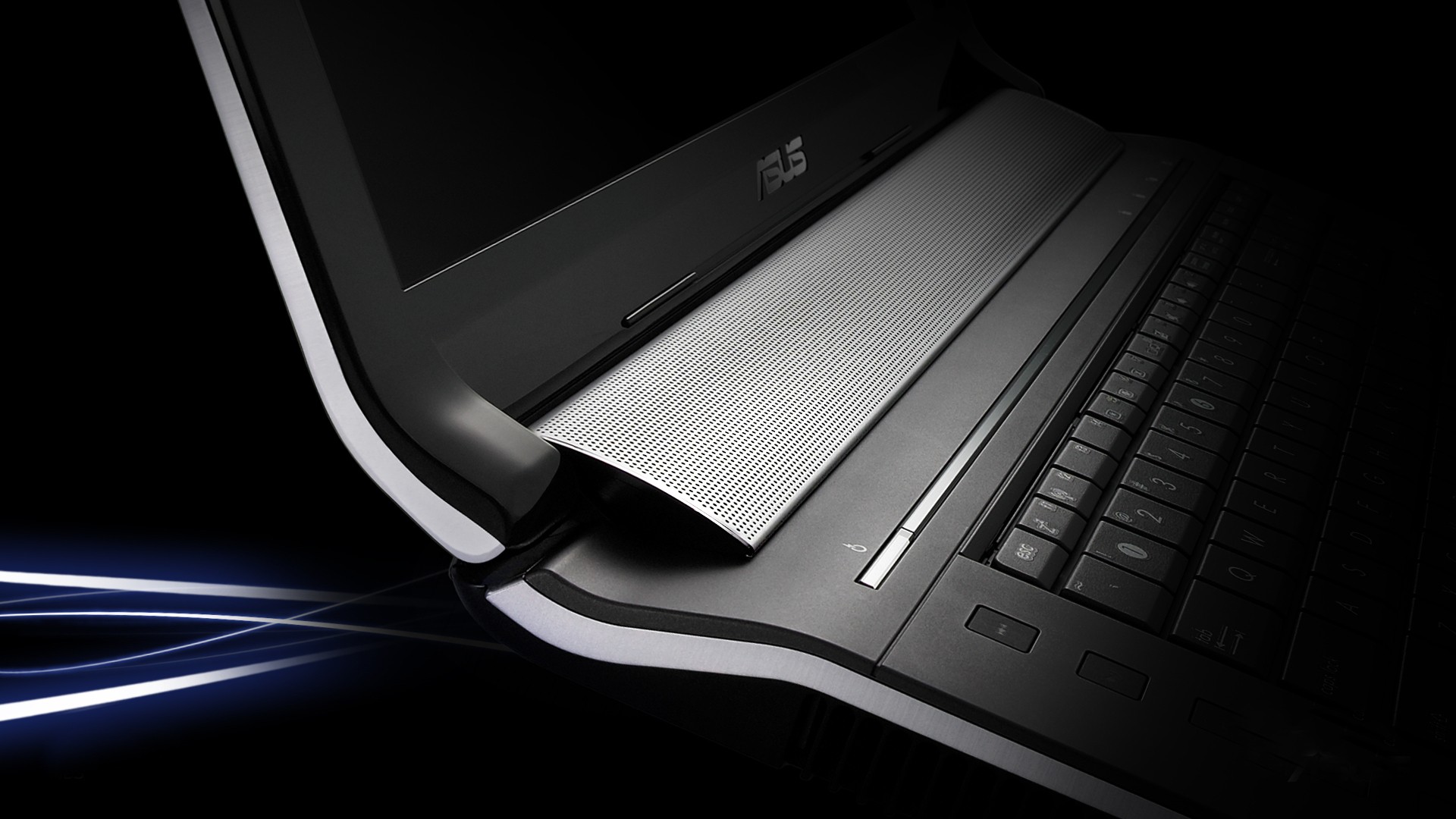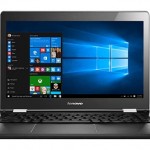
You have decided to buy a new laptop – and now what? Going to the store that sells computer equipment might be more confusing, because you could see hundreds of laptops of different sizes, prices, features…
In order to ease the selection and decision to purchase a laptop we made a short laptop buying guide which contains the most important questions that you should ask yourself and the salesperson at the store.
Windows, MAC or Chrome OS
This is always a personal thing and depends on the what the buyer is used to. The most used OS is Microsoft’s Windows, especially the new version Windows 10. But if you are buying a laptop with Windows 10 preinstalled, this will cost you much more. MAC is the best OS and has a low price, but be ready to spend at least $1500 for the laptop with this OS. Chrome OS is an operating system that has storage space under Cloud, and Chromebooks has the best implemented Google functions and multiple levels of protection.
Convertible (2 in 1) or classic laptop
Most of the people like classic laptop which makes comfortable work and a little fun at home use. In recent years, on the market appeared a bunch of laptops that, actually, doesn’t look like a classic laptop on which we used to. What makes them different is their ability to transform from one form to another – from the laptop into a tablet. They can be used for serious work in a laptop “mode” while with a simple press of a button, the screen separates from the base and transforms into a powerful tablet. When you doesn’t have much space for work, the convertible laptop is a great solution, but be prepared for the slightly higher price of these devices.
Smaller or bigger screen size
The laptop’s screen size is measured in inches diagonally from corner to corner. The screen size plays an important role in its mobility; large screen = heavy device. If you need a lightweight device, choose those with screens of 11 – 12 inches weighing up to 3.3lbs. Laptop screens between 13 and 14 inches are the best choice because of their weight of about 4 pounds and they aren’t too heavy to carry in a bag, suit almost every lap, and the keyboards are large enough for comfortable work. Most laptops with a screen between 15 and 16 inches and the weight of about 5 pounds aren’t the easiest to carry, but provide the best value and features. Laptops larger than 17 inches usually are intended to replace the desktop computer.
Now, in a few words, let’s talk about the Resolution. Resolution is intended to mean the number of pixels on the screen. It is marked by two numbers: the first number tells how many pixels wide the screen is, and the second number tells how many pixels tall the screen is. The two numbers also give the aspect ratio. If the laptop screen has a resolution of 1024×768, the aspect ratio is 4:3. This means that for every 4 pixels wide, the screen is 3 pixels tall.
Standard screens chart
| Abbreviation | Resolution | Aspect Ratio |
|---|---|---|
| XGA | 1024x768 | 4:3 |
| SXGA | 1280x1024 | 5:4 |
| SXGA+ | 1400x1050 | 4:3 |
| UXGA | 1600x1200 | 4:3 |
Widescreen Chart
| Abbreviations | Resolution | Aspect Ratio |
|---|---|---|
| WXGA | 1280x768 | 5:3 |
| WXGA | 1280x800 | 8:5 or 16:10 |
| WXGA+ | 1440x900 | 8:5 or 16:10 |
| WSXGA+ | 1680x1050 | 8:5 or 16:10 |
| WUXGA | 1920x1200 | 8:5 or 16:10 |
Comfort of keyboard and touch
Selecting a comfortable keyboard is very important when purchasing a laptop. Try a couple of laptops with different keyboards. Are clenched keys better for you or those with a gap? Straight or slightly concave? Almost silent or with a clicking sound? If you work in dark areas, consider a laptop with a keyboard that has backlight to see what you are doing.
Remember to try the trackpad that replaces the mouse. Of course, you can always connect a wireless mouse to your device, but a trackpad will often be faster and more convenient. Does the surface on which you are dragging your fingers feel smooth or rough? How sensitive is it? Does the mouse pointer roll smoothly or twitch? Do the gestures produce zooming and text selection?
The key specifications
Now that you have learnt what to pay attention on the outside it’s time to learn what should be under the housing. Don’t be scared when you look at the specifications for some laptops and realize that these strings of letters and numbers don’t mean anything to you. Most salespeople can’t recite the specifications for each laptop either. But it will be much easier to determine which laptop you want when you find out what these labels mean.
CPU – ‘central processing unit‘ or ‘processor‘ is the heart of every laptop and it is responsible for all operations. The two biggest producers on the market are AMD and Intel. The cheaper laptops are usually equipped with AMD E Series or Intel Pentium/Celeron series processors.
RAM – the working memory that the laptop uses for everyday tasks. Today even smart phones have at least 4GB of RAM, so don’t be satisfied with less than this value.
Disk drive – usually marked as HD or SSD and then the number of gigabytes, stores all the data that you use on your laptop. Today it is almost impossible to find a hard drive with less than 250GB of space and this should be the minimum.
Graphics Card – like the CPU and RAM graphics cards have their own processors and memory. If the speed and storage capacity are higher, the card is better, but more expensive.
Display / Screen – the rule is simple – the more pixels, the sharper the image. Most middle class laptops have a screen resolution of 1366×768 pixels, which is sufficient for everyday tasks and occasionally viewing videos or photos.
The touch screen didn’t come out before Windows 8, laptops with touch screen almost don’t exist on the market. You probably won’t need a touch screen unless your laptop is convertible.
Durable battery
The battery is a piece of hardware to which you need to pay special attention when choosing a laptop. If possible, choose a laptop with the longest battery life. On average laptops with 15-inch screens have batteries that provide about 4 hours of work. There are several business models of laptops on the market of which the battery can last more than 10 hours, but their prices are much higher. If you’re often on the road, invest in a spare battery.
Price range
At the end perhaps the most important is the price of the laptop. This depends only on your needs. If you want a laptop that will replace the desktop, will be used by you and other family members, and which in principle should not have a very long battery life, you need a laptop with a screen of 17.3 inches and their price is somewhat higher and varies depending on configuration – about 1000 dollars.
If you need a device to use at home, but also carry with you when you travel, the best size is 13 – 15.6 inches and their prices are a little more affordable – about 300 dollars. If you are buying a laptop for gaming, a strong graphics card and a large screen, and a comfortable keyboard are essential, but be prepared to pay around 1000 dollars for the privileges.
Conclusion
The final decision is up to you. Write on a paper what you want from a laptop, what you are planning to do with it and how important its weight and price are. Before you go to the shop look on the internet for the best price. If it is not urgent, wait for the new school year or before Christmas when traders expect new models and cut prices for elders. Finally, ask the salesman for advice. You don’t have to act on his advice, but if you tell him what you are looking for, he might draw your attention to a device that you hadn’t thought about, and which might suit your needs even better.
Ultimate Interactive Buying guide (Survey)
If you are still confused and undecided, you can try another good method that can help you choose your next machine. The Ultimate Interactive Laptop Buying Guide (Survey) is a group of questions about the most important factors that you consider in your search for the best possible laptop that suits all your needs. Another good option to help you make your decision is a comparison-oriented website like dronecamera.org, which compare drones with cameras. Find out more about the Interactive Laptop Buying Guide.






